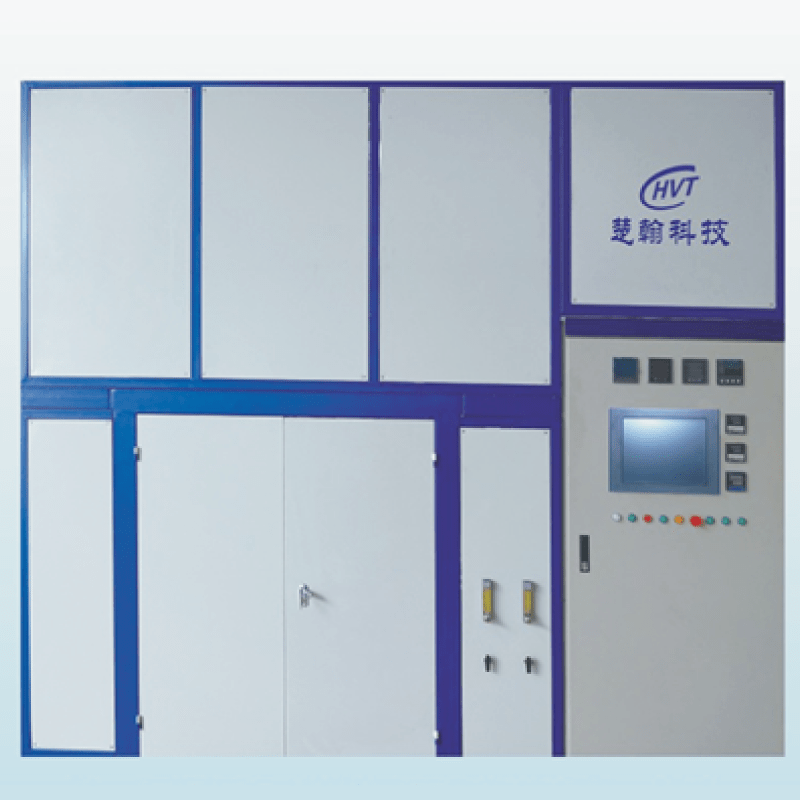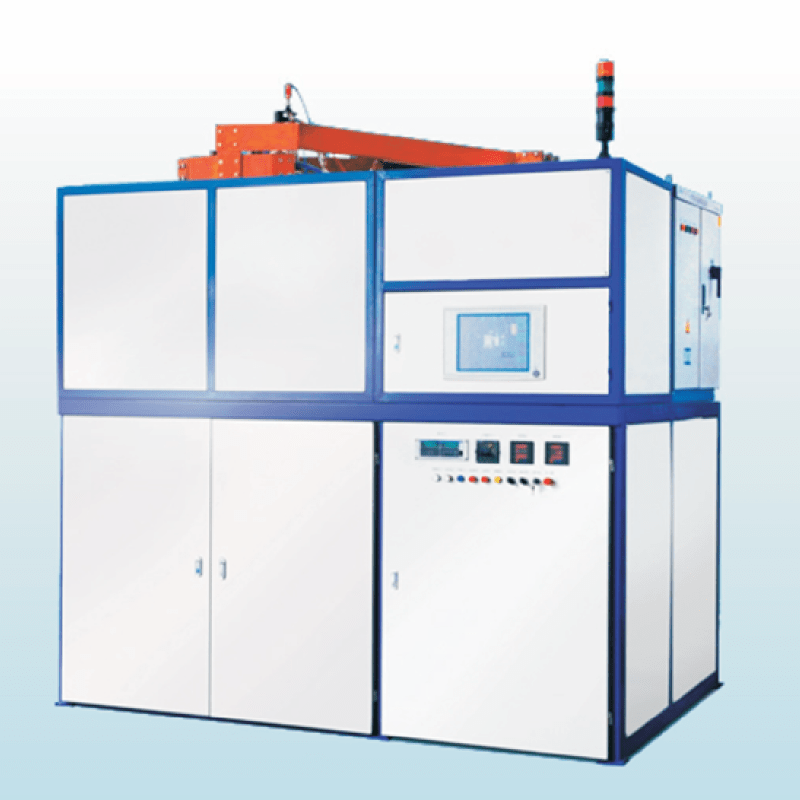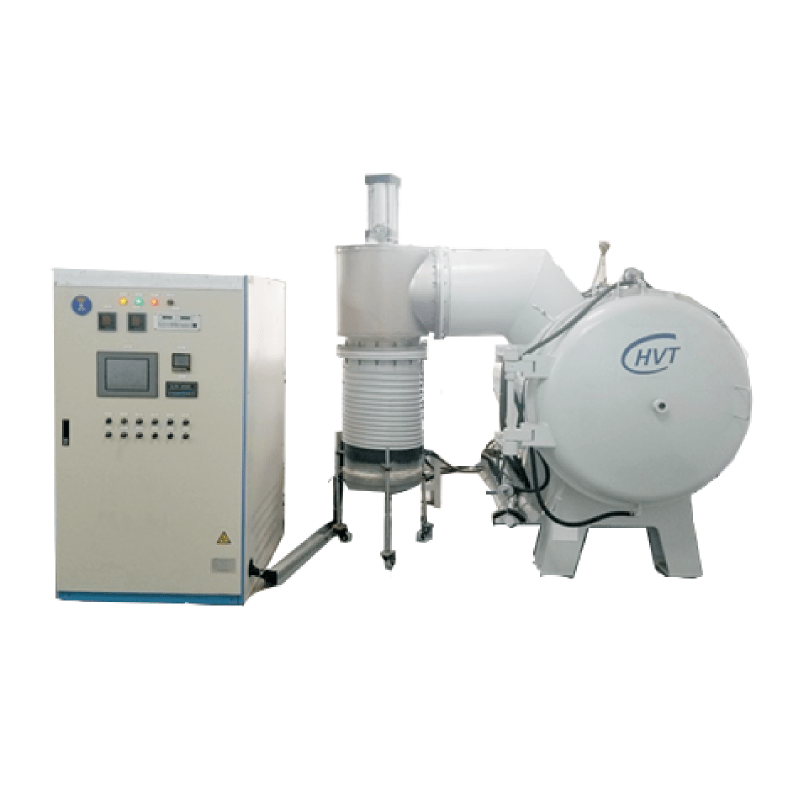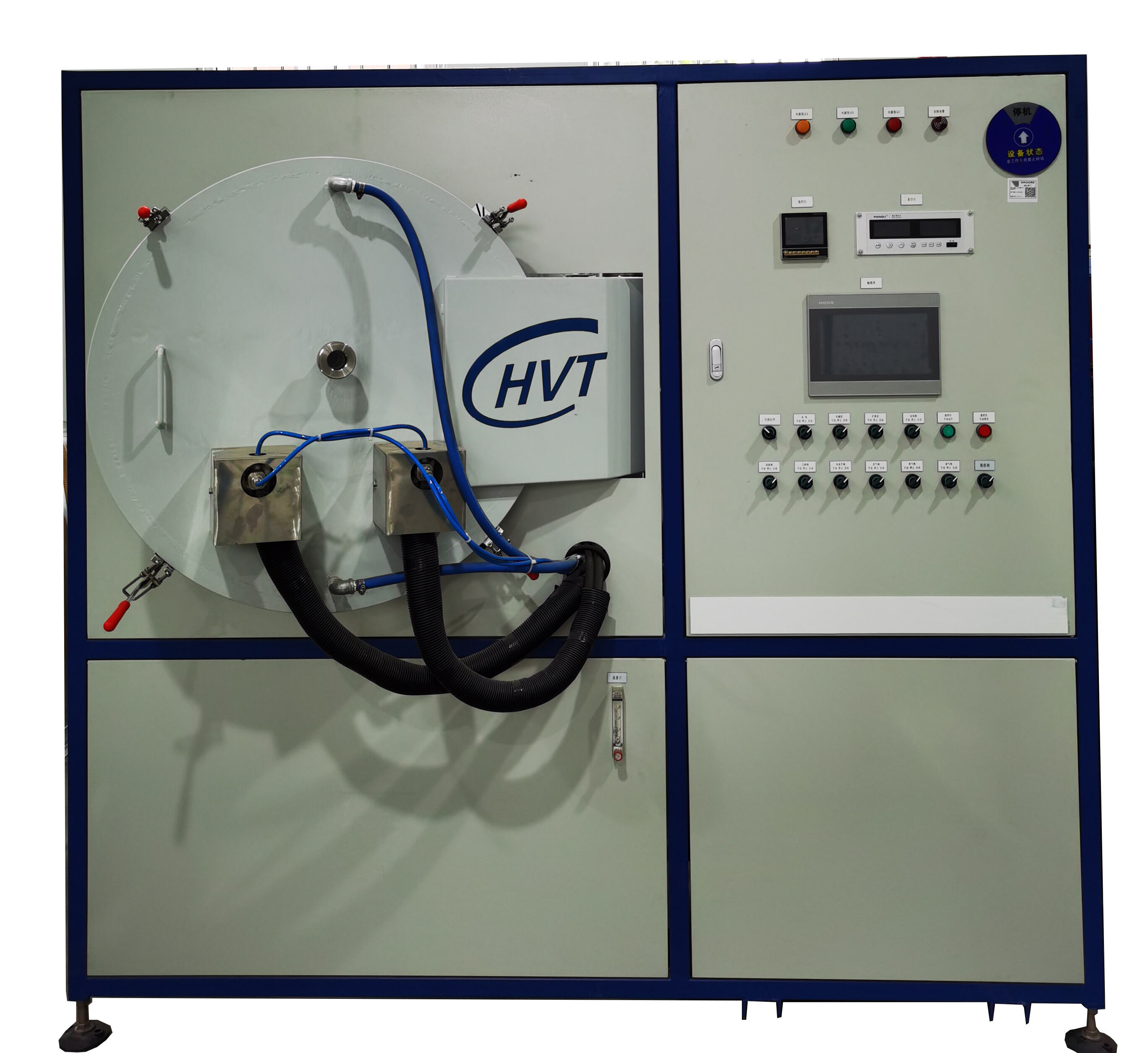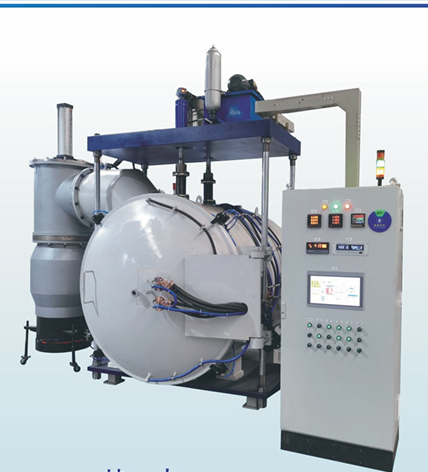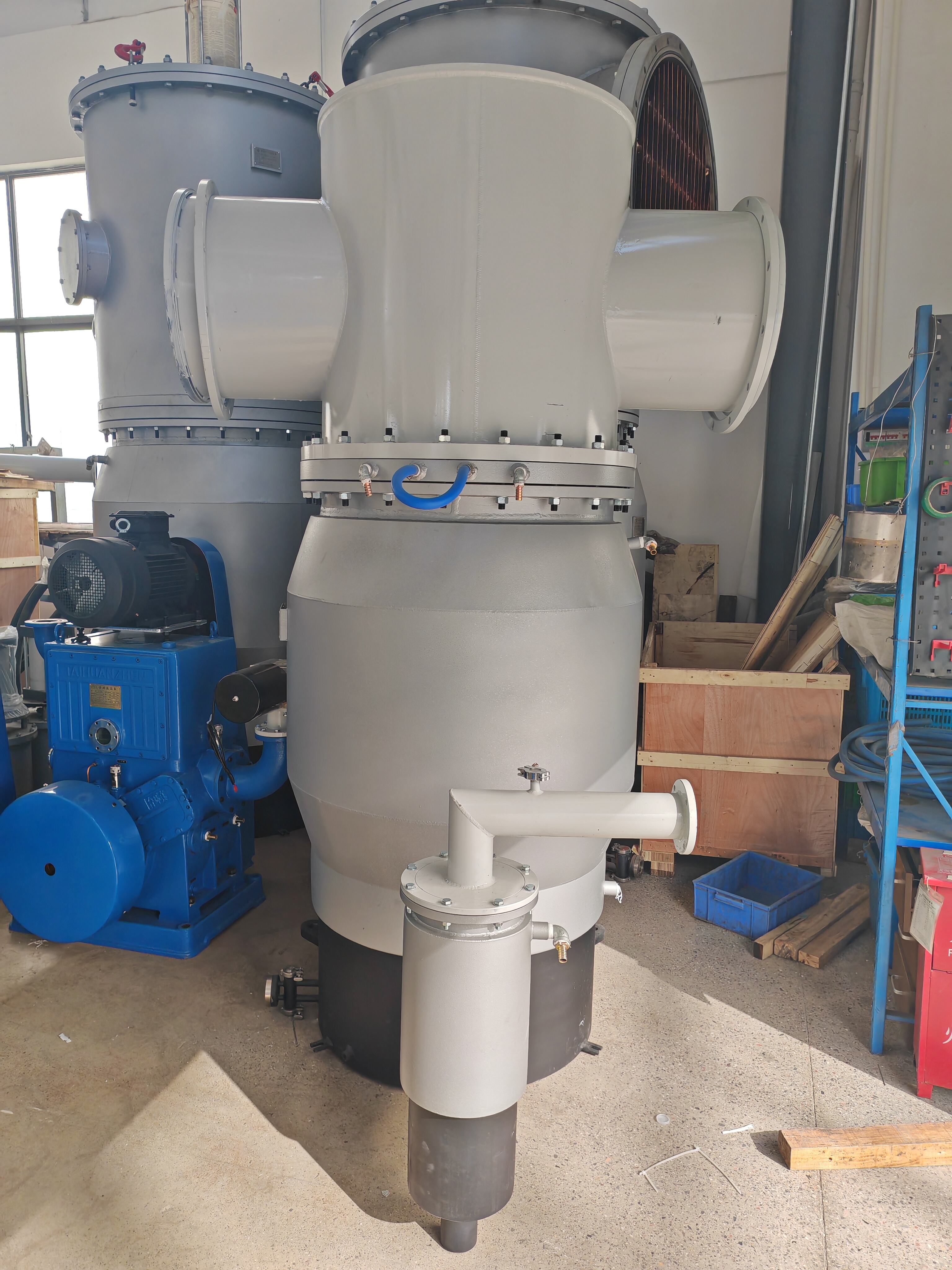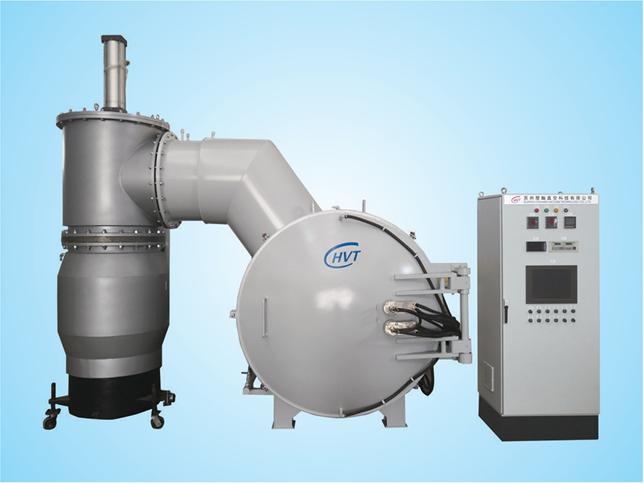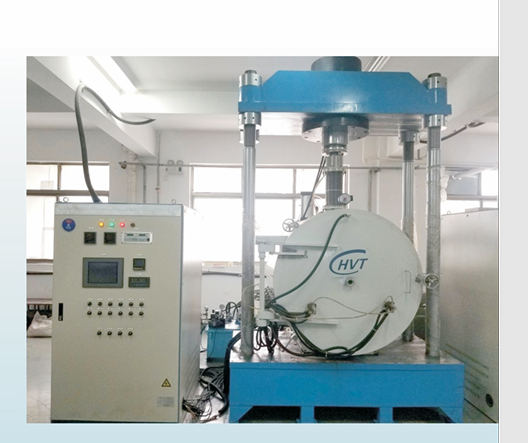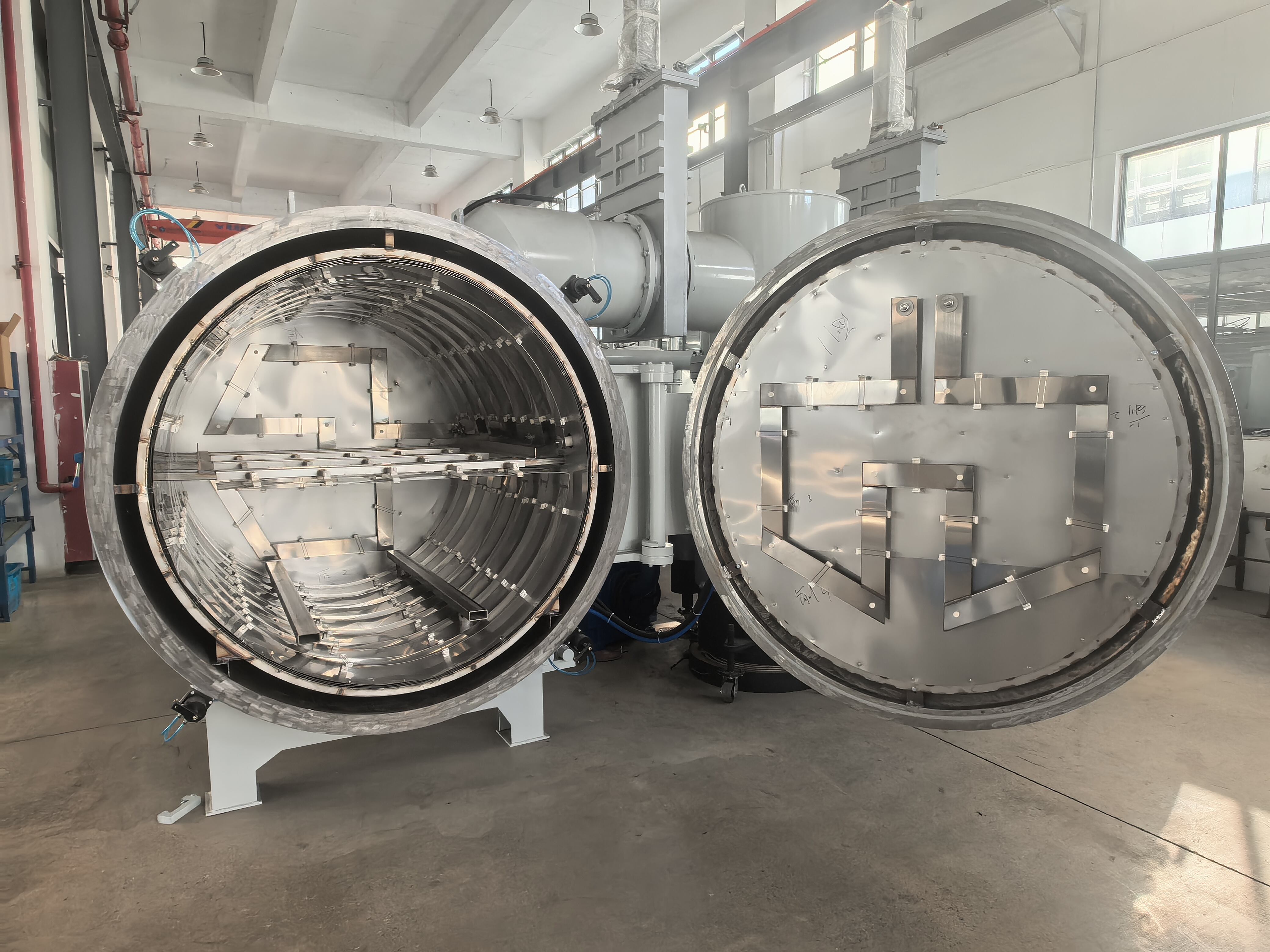electrotherm induction furnace
The electrotherm induction furnace represents a cutting-edge solution in metal melting technology, utilizing electromagnetic induction to generate heat directly within the metal charge. This innovative system operates by passing an alternating current through a copper coil, creating a powerful magnetic field that induces eddy currents in the metallic charge, resulting in rapid and efficient heating. The furnace's design incorporates advanced refractory lining and water-cooling systems, ensuring optimal thermal efficiency and operational safety. Operating at frequencies ranging from 50 Hz to 10 kHz, these furnaces can achieve temperatures up to 3000°C, making them suitable for melting various metals including steel, iron, copper, and aluminum. The furnace's modular construction allows for easy maintenance and component replacement, while its sophisticated control system enables precise temperature regulation and power management. Modern electrotherm induction furnaces are equipped with automated charging systems, digital monitoring interfaces, and advanced safety features, making them ideal for both continuous and batch melting operations in foundries and metal processing facilities.

